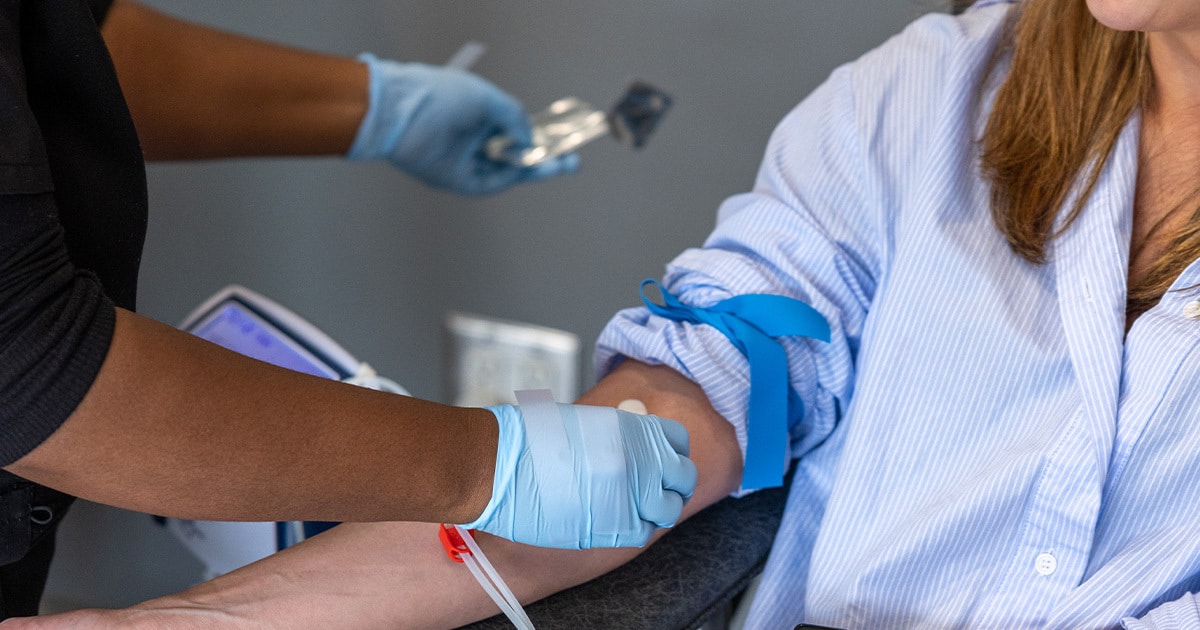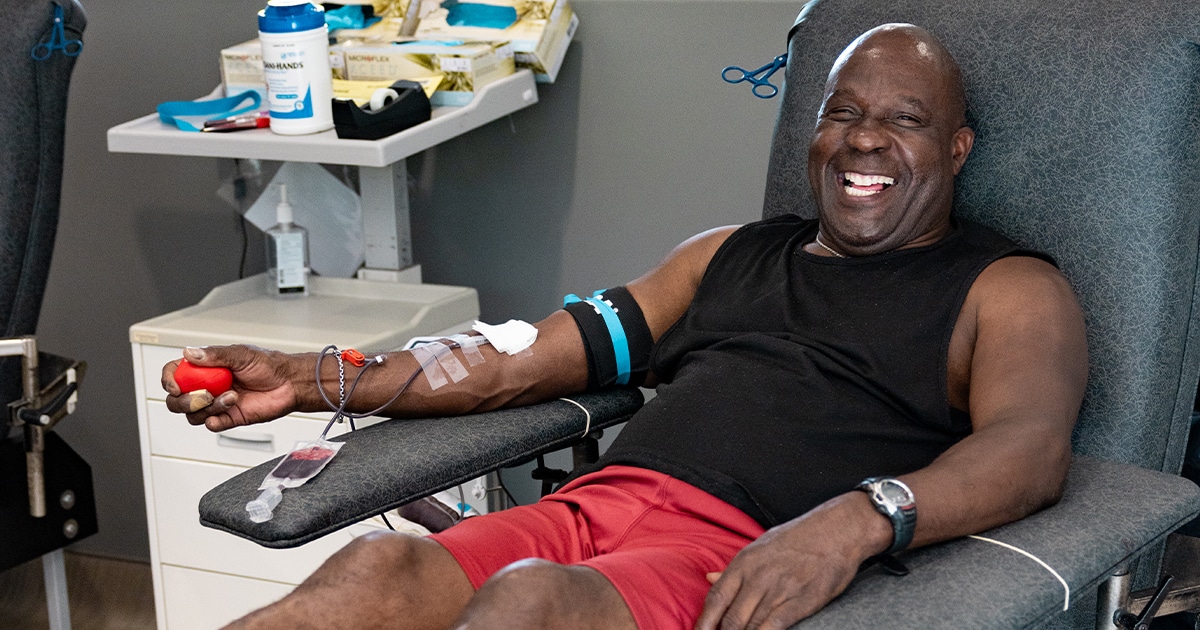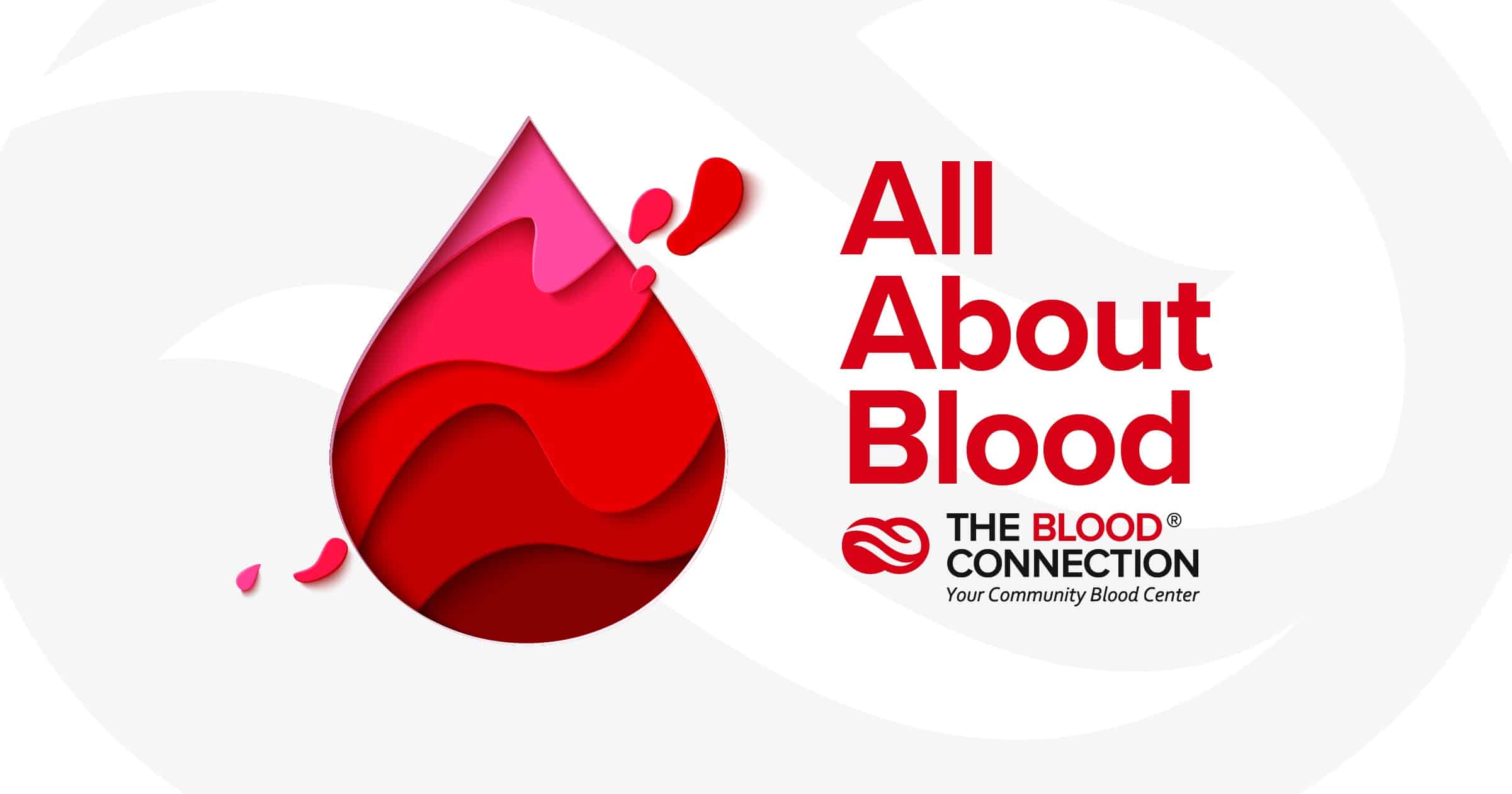Who Can Donate Blood? Who Can’t? And Why?

Who Can Donate Blood? Who Can’t? And Why?
Are you eligible to donate blood? Many eligible donors decide not to visit their local blood center because they think they cannot donate blood for one reason or another. It’s easy to see why. There is a lot of misinformation out there, and the eligibility requirements can get confusing. In this blog, we answer some of the most common questions about donation eligibility and elaborate on some important details you need to know.
Common Questions About Blood Donor Eligibility
Can I donate blood if I have tattoos or piercings?
Maybe you’ve been told that you have to wait several months after getting a tattoo or piercing to donate blood. That may have been true at one point, but the rules have recently changed in many states. You can absolutely give blood if you have tattoos or piercings — you just might have to wait. If you received the tattoo from a licensed technician, you can donate blood almost immediately. If you didn’t, you will have to wait 4 months. If you’ve recently gotten a piercing, you’ll need to wait three months if the piercing was performed with a reusable instrument. After that waiting period, you are then eligible to donate blood. Most piercings are performed with a one-time use instrument by a licensed technician, just like tattoos, so most people don’t have to wait after getting a piercing.
There are only a few states without general tattoo and piercing regulations, including Utah, Wyoming, Idaho, Georgia, Maryland, Massachusetts, New Hampshire, New York, and Pennsylvania. In these states, donors must wait three months after getting a tattoo or piercing to donate blood.
What age do I have to be to donate blood?
There have been some recent changes to this question. Blood donors must be at least 17 years old to donate on their own, or they can be 16 with the written consent of a parent or legal guardian in Georgia, Virginia, and South Carolina — provided they also meet the hemoglobin and weight requirements during screening. In North Carolina, 16 and 17 year olds need parental consent. There is no maximum age limit for blood donors. All that matters is that they are in good health at the time of their donation.
Is there a minimum weight for donating blood?
Blood donors must weigh at least 110 pounds to be eligible to donate. As with every donation rule, this one is for the protection of the donor. Donating a pint of blood may cause a temporary drop in blood volume that donors under 110 pounds cannot tolerate very well.
Does sexual history affect blood donation eligibility?
We often receive questions about if those who identify as gay can donate blood. We appreciate the inquiries and value all of our LGBTQ+ donors, so we want to clarify the requirements that may impact them. The FDA has recently made some changes to these eligibility guidelines. As an FDA-regulated organization, we receive our guidance from Recommendations for Reducing the Risk of Human Immunodeficiency Virus Transmission by Blood and Blood Products.
For a complete list of details related to sexual history and blood donation, click on the link above to view the FDA’s regulations. If you’d like to express your concerns, please contact the FDA.
Why do my iron levels matter?
Those with iron deficiencies are discouraged from donating blood, as this can be somewhat risky for them. Iron helps the body make new red blood cells, so those who donate with low iron could see their levels drop even further, making them feel tired and faint.
To check a potential donor’s iron levels, staff members take a small blood sample before the donation to measure the donor’s hemoglobin levels. Hemoglobin is a protein in the body that contains iron and gives blood its red color — so if hemoglobin levels are within the healthy range, great! The donor can give.
If the hemoglobin levels are low, it’s not safe for the potential donor to give blood. Since iron levels can vary based on diet, water consumption, and a variety of other factors, we ask donors with low hemoglobin levels to reschedule their appointment and eat iron-rich foods (steak and spinach are excellent options) before their next donation. The hemoglobin “level” varies for men and women.
Can I donate blood if I travel internationally?
Traveling outside the United States and Canada does not automatically keep someone from donating blood. Some temporary restrictions are placed on those who have visited countries with a high Malaria risk, but deferrals may vary depending on the country. The Blood Connection staff members will review this information during the donor screening process and determine a potential donor’s eligibility. This information is always changing.
What if I was born in or spent time in Europe?
If you’ve recently traveled to or were born in Europe, you’ve likely been under the impression that you cannot donate blood. However, this may not be the case! There are many common ‘self-deferrals’ that, in reality, do not affect your ability to donate. Check those out here. In 2020 and 2022, the FDA made revisions to these guidelines.
There are many rumors about blood donation eligibility, which is why it’s important to know the facts. If you have questions about your own eligibility, contact The Blood Connection today. We would love to talk with you and answer any questions you may have about the blood donation process. A great option is to engage with us on LiveChat through our website.











